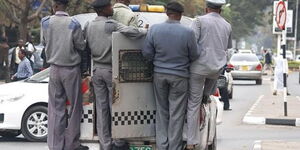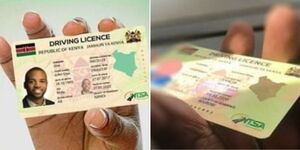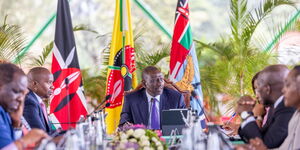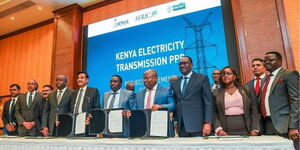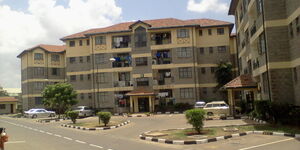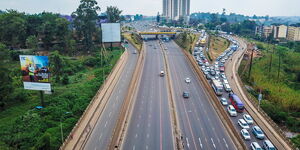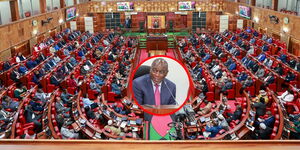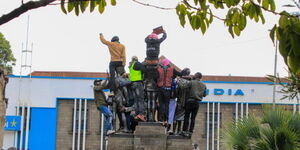The World Bank on Tuesday, April 25, approved Ksh40 billion (USD300 million) for the government, led by President William Ruto, to improve urban mobility services in the commuter rail catchment areas.
According to a report by the World Bank, the funds were issued to the Ministry of Land, Housing and Urban Development, the Kenya Railways and the Ministry of Roads and Transport.
The report explained that the commuter rail was the only formal mode of transport in Kenya and was severely underused and, therefore, needed to be improved to maximise its usage.
“The funds are meant to improve urban mobility services in the catchment area of commuter rail (Nairobi Central Station to Ruiru) and enhance the institutional capacity for resilient and green urban transport development in Kenya.
“Commuter rail is the only formal public transport in Kenya. Commuter rail has an extensive network (total length of 132km) in the Nairobi Metropolitan Area, traversing poor neighbourhoods, but is severely underused,” the report read in part.
Further justifying the move, the report stated that for Kenya to achieve sustainable urbanisation and advance overall social and economic development, mobility challenges had to be addressed.
“The country’s rapid urbanisation accompanied by its spatial development pattern has made urban access an overwhelming challenge in the large cities of Kenya to be able to advance economic and social development,” the report added.
Additionally, the funds will be directed towards ensuring that pedestrians and those who use public transport were properly served.
The report also raised concerns about the integration of development and transport plans noting that affordable housing projects across the country did not have any coordination with transport services in the different counties.
“For example, affordable housing projects are underway in major cities with no coordination with transport services rendering them largely inaccessible not only to employment opportunities but also to social services and interaction.
“Urban mobility planning should adopt a holistic approach with cross-sector harmonised mobility and land use planning as well as priorities for public transport and non-motorised transport to create more environmentally, economically, and socially sustainable cities,” stated the report.
In addition, the report stated that inadequate infrastructure deterred Kenyans especially residents of Nairobi from accessing job opportunities, especially for those who used Matatus or walked.
“The deficient infrastructure including inadequate sidewalks and lack of affordable and reliable public transportation, and concentration of jobs in a few places disconnect people from job opportunities.
“Job accessibility in Nairobi is lower than in other cities in Africa and other regions. By walking
and using matatus, people can access less than 8 per cent of jobs within 60 minutes,” World Bank stated in the report.




